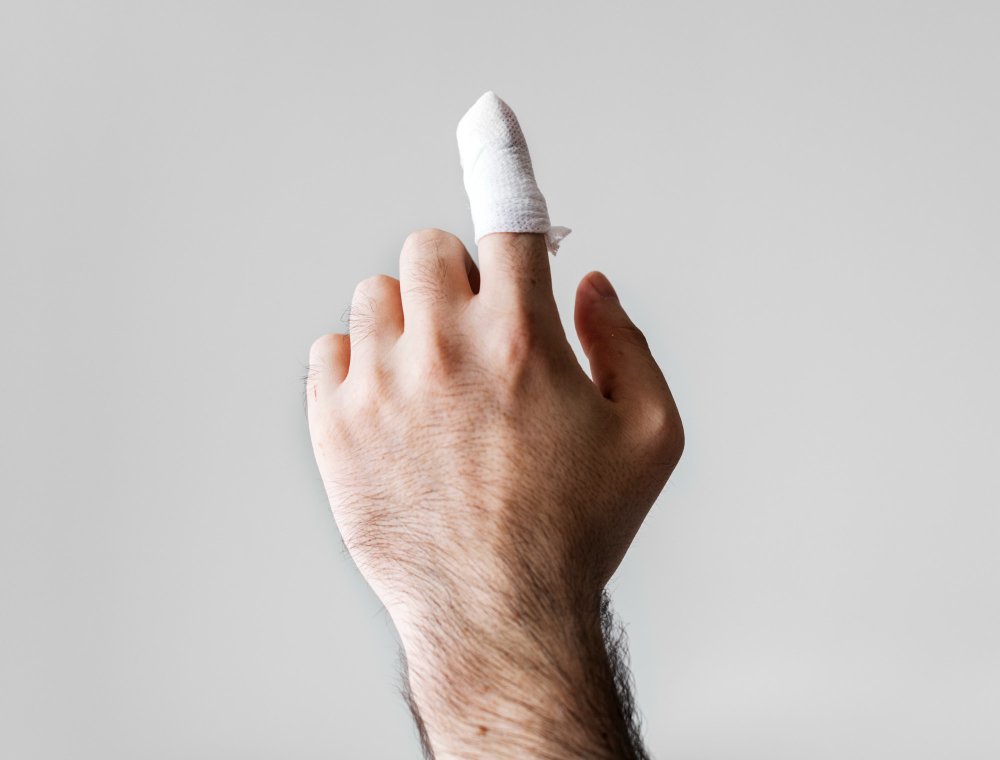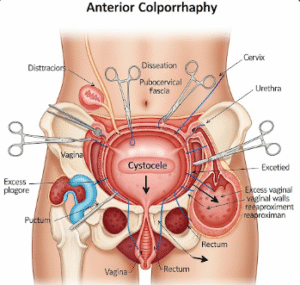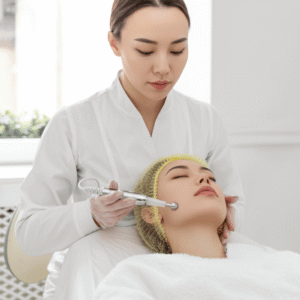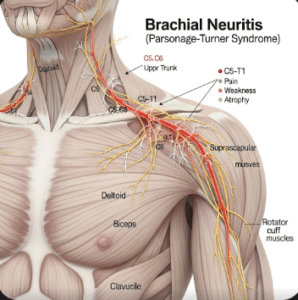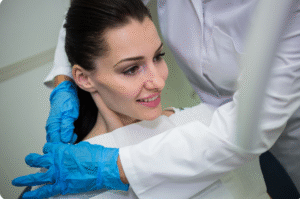Overview
Finger infections are common conditions affecting the skin, soft tissues, and sometimes bones of the fingers. These infections can range from mild bacterial infections to more severe conditions like paronychia, felon, or osteomyelitis.
In Korea, finger infections are promptly treated in both primary care clinics and specialized hand surgery departments. Early treatment is essential to prevent spread, reduce pain, and avoid long-term complications such as loss of mobility or deformity.
What is a Finger Infection?
A finger infection occurs when bacteria, fungi, or viruses invade the skin, nail, or deeper tissues of a finger. Common types include:
- Paronychia – infection around the nail
- Felon – abscess in the fingertip pulp
- Herpetic whitlow – viral infection caused by herpes simplex virus
- Cellulitis – bacterial infection of skin and soft tissue
- Osteomyelitis – infection of the finger bone (rare, but severe)
Finger infections can affect people of all ages and are often associated with minor injuries, nail-biting, or exposure to contaminated water.
Symptoms
- Redness and swelling around the finger or nail
- Pain or tenderness, especially when pressing or moving the finger
- Warmth and sometimes pus or fluid accumulation
- Fever (in severe or systemic infections)
- Stiffness or difficulty moving the finger
- Thickened or discolored nails (in chronic infections)
Causes
- Bacterial invasion (most commonly Staphylococcus aureus and Streptococcus species)
- Fungal infection (e.g., Candida or dermatophytes affecting nails)
- Viral infections (herpetic whitlow caused by herpes simplex virus)
- Injury or trauma to the finger or nail
- Poor hygiene or repeated exposure to wet environments
Risk Factors
- Nail-biting or finger-picking habits
- Diabetes or immune system disorders
- Frequent contact with water or chemicals
- Recent finger injuries, cuts, or hangnails
- Occupational exposure (healthcare workers, kitchen staff, gardeners)
Complications
- Spread of infection to hand, arm, or bloodstream
- Abscess formation requiring surgical drainage
- Permanent stiffness or deformity if tendons or joints are involved
- Chronic nail changes
- Sepsis in severe untreated cases
Prevention
- Keep hands clean and dry
- Avoid biting nails or picking at cuticles
- Treat small cuts or injuries promptly with antiseptics
- Wear gloves when handling chemicals or dirty water
- Seek early medical care for persistent swelling, redness, or pain
Treatment Options in Korea
Diagnosis
- Physical examination – inspection of skin, nail, and finger
- Ultrasound – to detect abscess or fluid collection
- Laboratory tests – bacterial culture or sensitivity tests for targeted antibiotic therapy
Medical Treatments
- Topical or oral antibiotics for bacterial infections
- Antifungal creams or oral antifungals for fungal infections
- Antiviral medication for herpetic whitlow
- Pain management with NSAIDs
Surgical & Advanced Treatments
- Incision and drainage for abscesses
- Debridement in case of necrotic tissue
- Tendon repair or joint intervention for severe cases
- Follow-up therapy to restore range of motion and prevent recurrence
Rehabilitation & Support
- Physical therapy to maintain finger mobility
- Hand exercises post-surgery
- Patient education on hygiene and injury prevention

